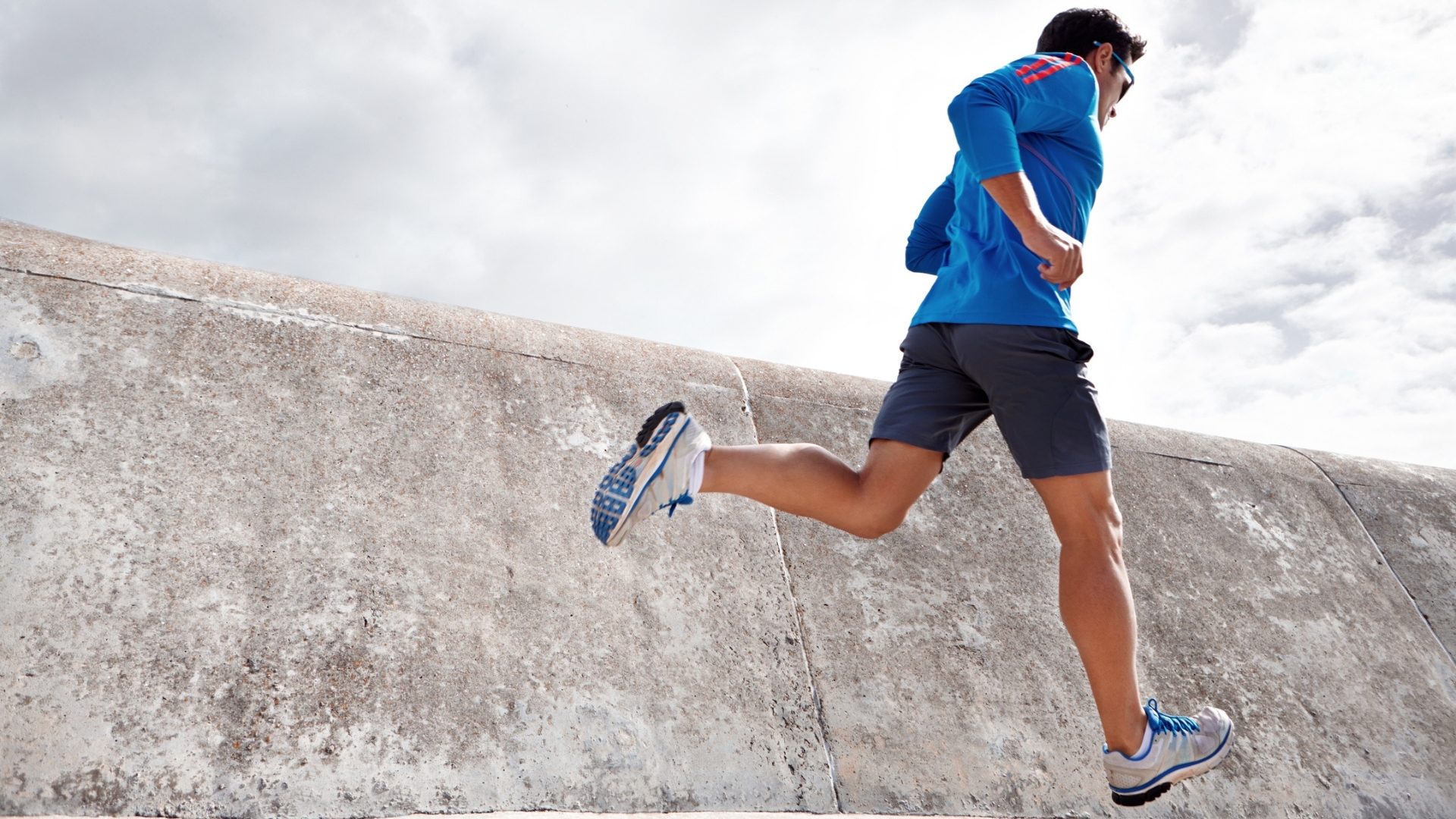A run coach says these seven stretches will "fix your tight hips" and improve your running form
Here's why your hip flexors are tight and how to release them


If you spend hours at a desk or driving, you probably have tight hips. This tightness can significantly impact your running performance, affecting both your form and speed.
The more time you spend sitting the more contracted your iliopsoas—the strongest group of muscles in the hip flexors—becomes. As these muscles shorten, your stride may also shorten, disrupting your natural gait. This imbalance can lead to other muscles overcompensating to stabilize your body, increasing the risk of injury.
If this sounds familiar, it’s time to incorporate some hip stretches—like the ones below by athlete and running coach Yana Strese—into your fitness routine.
How to improve tight hips
A post shared by Yana Strese | Running (@running.yana)
A photo posted by on
Strese recommends doing these seven exercises either before or after a run to stretch your hip flexor muscles and mobilize your joints. No equipment is needed for this workout and she suggests doing two sets of each move.
It's a good idea to strengthen the muscles in this area too. Try doing these hip-strengthening exercises regularly as well, to keep the muscles healthy.
Why tight hip flexors are bad for runners
During running, the hip flexors are responsible for driving your leg forward and back. For your leg to move behind, the hip flexors need to lengthen, so any tightness here will make this movement difficult, often causing the lower back to arch to help the leg move back.
This can lead to back pain and may strain the upper body, including the shoulders and neck as they resist the imbalance created by the awkward pull of the lower body.
Start your week with achievable workout ideas, health tips and wellbeing advice in your inbox.
Tight hip muscles also shorten your stride, as they limit movement. If you’re aiming to improve your running speed, you'll need to improve your running stride and increase your cadence. Stretching and strengthening your hip flexor muscles can help achieve this.
If you want more routines like the one above, check out this hip mobility yoga routine, or try these everyday hip stretches to undo the damage of sitting.
Maddy Biddulph is a journalist specializing in fitness, health and wellbeing content, with 26 years in consumer media working as a writer and editor for some of the bestselling newspapers, magazines and websites in the US and UK, including Marie Claire, The Sunday Times and Women’s Health UK.
She is a CIMPSA-certified PT and works one-on-one with clients, as well as running Circuits Club classes which mixes cardio and strength training and chair-based exercise classes for seniors.
